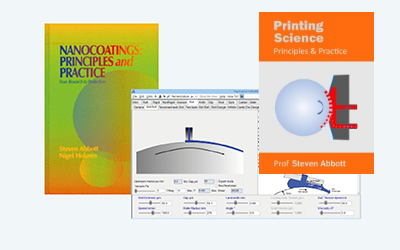Milling
Quick Start
This simple app illustrates the futility of trying to get down to very fine particles. Basic theory shows the energy required to get to smaller sizes increasing as 1/size². So if you want small particles, start by making them small rather than hoping you can make them large then mill them down to size.
The only reason we have nano-sized pigments via grinding is that their primary particles are nano-sized, and the grinding/milling breaks down the larger lumps
Milling
Some think that it is possible to create nanoparticles by milling - i.e. dry processing. If anyone starts with a large particle size and looks at the progress after a short time, the results look encouraging. The looks are deceptive. Going from 1000nm to 500nm is relatively easy, but going to 250nm is hard and going to 125nm is super-hard.
There are many milling equations. Here the Hukki equation using the Rittinger R value of -2 is used to illustrate how much energy is required to mill 1kg from an initial size down to a desired size.
dE/dx=Cx-2
As will be obvious from the graph, this innocuous equation (where C is set to 1) has big consequences. Starting from 2000nm makes almost no difference to the required energy. Asking for a somewhat lower final particle size extracts a large cost. In general the rule of making nanoparticles from large particles is "Don't even bother to try". The only exception is if the large particles are agglomerates in which case there is some modest hope of success. But wouldn't it have been better to have kept the particles in their original size rather than allowing them to agglomerate?


